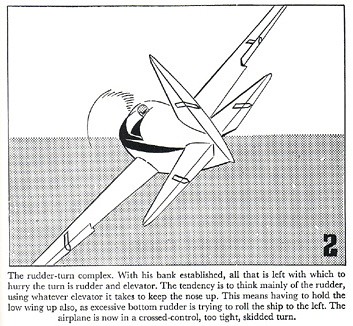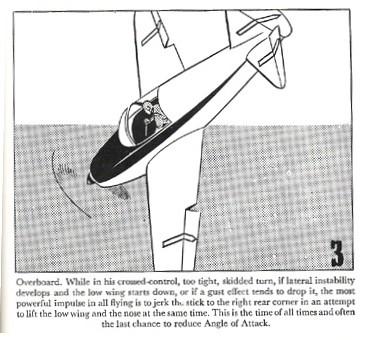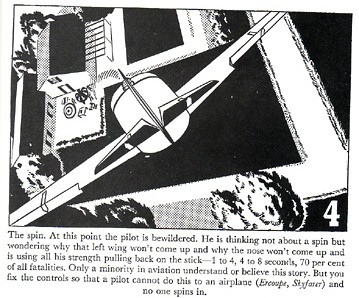This is a classic example of an accident being caused by a chain of events. If you break the chain at any link, you prevent the accident. And the earlier the link you choose to break, the better.CTLSi wrote:Touch and go on rough runway, flares high, bounces, kicks left foot on rudder fails to correct for torque. Climbs to treetop low. Then steps on left rudder and pulls a steep turn, slow and low and stalls. Shocking...
I break this chain at its very first link, by not doing touch-and-goes. Every approach to a landing ends in either a full stop, or a go-around. I realize this is less economical for the student trying to maximize landings in a given training session. But, I am always willing to sacrifice economy in the interest of safety. (My preference is also a throwback to my taildragger days. With a conventional landing gear, the hardest part of a landing occurs after the wheels have touched. Do a go-around, and you miss out on the most important part. This is why, in a taildragger, the 90 day passenger currency requirement includes three landings to a full stop.)
For a different perspective, see this excerpt from one of my early books:
http://avsport.org/publicat/nonfict/touchngo.htm




